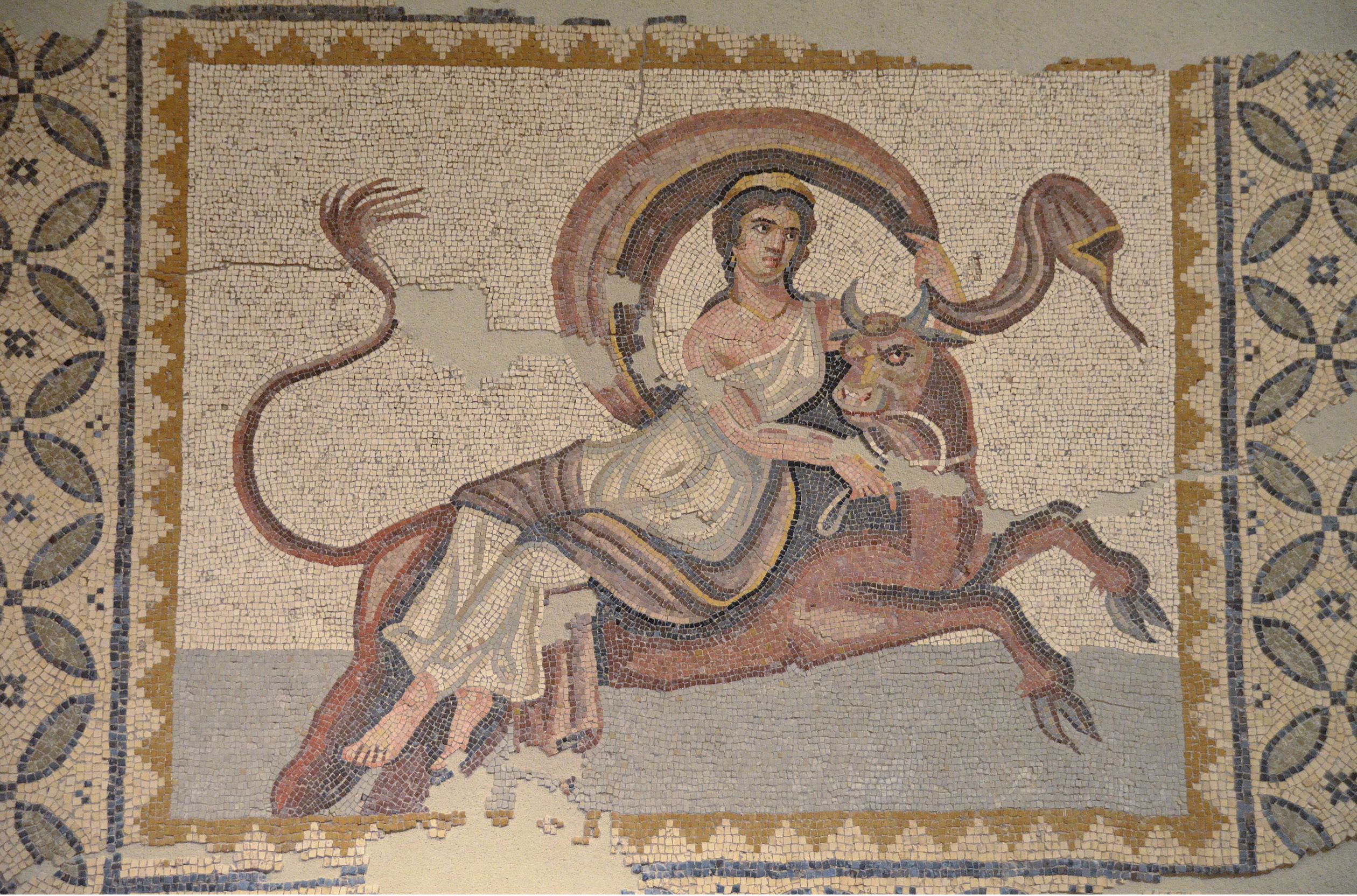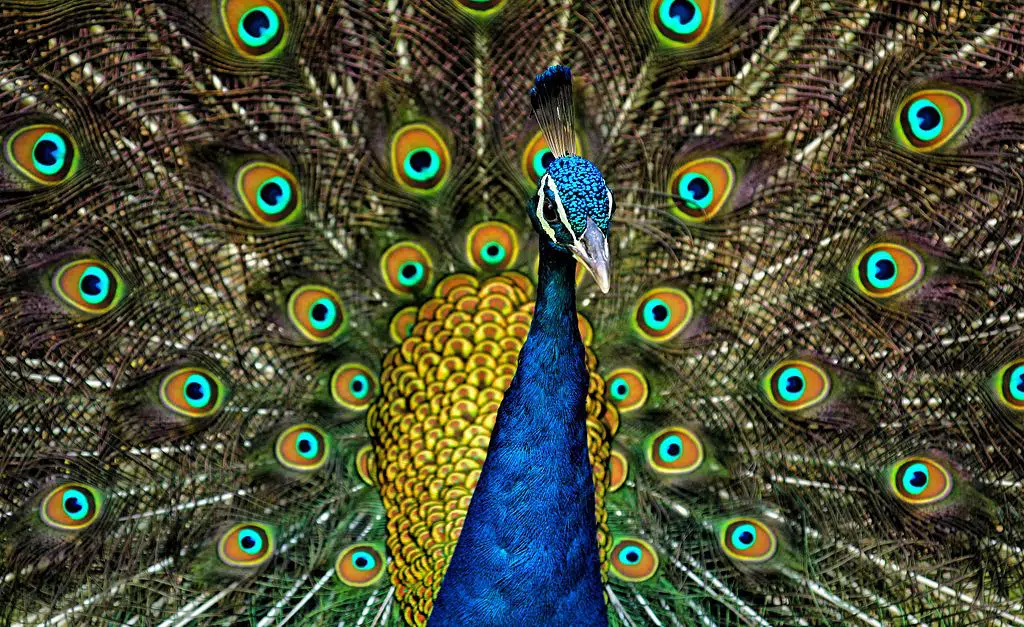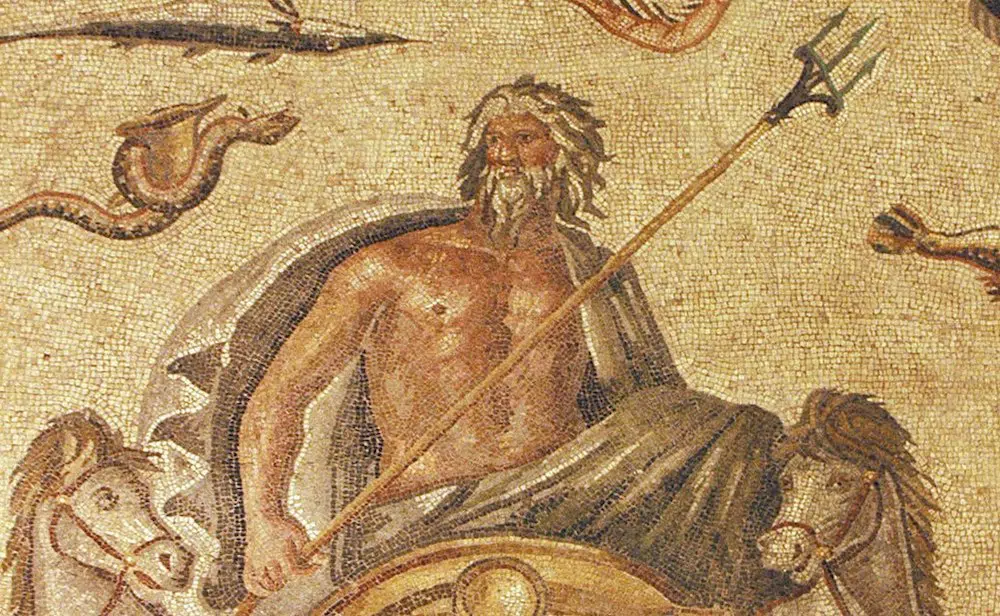
The awe-inspiring Greek gods, deeply intertwined with the natural world, are associated with certain animals considered to be sacred embodiments of various gods. Through their unique characteristics, the creatures mirror the divine powers of these gods.
Numerous legends recount instances of the gods metamorphosing into animals, further cementing the connection between the divine and the animal kingdom. Over time, certain animals became associated with specific Greek gods.
Zeus’s Sacred Animals: Embodiments of Power and Desire

In the pantheon of Greek deities, Zeus, the father of gods and ruler of the sky, wielded unparalleled power and influence. His dominion over thunder and lightning was complemented by a remarkable ability to shape-shift into various animals, a skill he often employed in the pursuit of mortal affections.
Zeus’ preferred animal forms were the eagle and the bull, each embodying distinct facets of his divine persona. Many depictions of Zeus feature a magnificent golden-feathered eagle known as Aetos Dios, acting as his personal messenger and companion beside his throne.
Ganymede Waters Zeus as an Eagle by Bertel Thorvaldsen, 1817. Located in the Thorvaldsen Museum, Copenhagen. pic.twitter.com/EDOMYsNfVb
— Archaeology & Art (@archaeologyart) April 15, 2022
One of the eternal legends tells how Zeus turned into an eagle and kidnapped the beautiful Ganymede. According to ancient myth, Ganymede hailed from Troy, and Homer described his stunning beauty, saying in his Iliad that he “was the loveliest born of the race of mortals, and therefore the gods caught him…” Attracted by the beauty of Ganymede, Zeus turned into an eagle and captured the young man, carrying him to Mount Olympus to play the role of the god’s cupbearer.
Europa and Zeus, carrying her away as bull, wall painting from Pompeii 🇮🇹 pic.twitter.com/cmQxxPhmAf
— Ares 🇬🇷🏺 (@ArchaExplorer) November 19, 2023
Another animal that legends associate with Zeus was the bull. He represented brute force and strength, a manifestation of the power of Zeus. The most famous myth posits that Zeus, in love with Europa, a princess from Tyre, wanted to take her away to live with him. One day, while wandering among her father’s cattle, Europa met a bull. Unbeknownst to her, this bull was Zeus in disguise, concocting a cunning ploy to win her favor.
The Goddess Hera’s Animals

The wife of Zeus, Hera, held sway over realms such as marriage, women, and childbirth. In artistic depictions, Hera is often accompanied by symbolic animals that embody her divine attributes. The cow, associated with nurturing tendencies and motherhood through its care for its young, became a significant symbol for Hera. This resonates with her role in safeguarding the sanctity of marriage and offering support to women, mirroring the protective nature of the nurturing cow.
reminds me of io, hera turned her into a cow after zeus and io met up pic.twitter.com/RcrSgFun7M
— Darrell Epp (@DarrellEpp) September 18, 2022
Another animalistic symbol, the cuckoo, related to Hera, harks back to the myths entwined with Zeus’ endeavors to win over the goddess. In many versions of the tale, Zeus took on the guise of an injured cuckoo to elicit Hera’s sympathy. Alternatively, the cuckoo holds broader associations, often linked to the arrival of spring or regarded as a symbol of frivolous folly.
Additionally, peacocks, adorned with the captivating “eyes” on their tails, played a distinctive role in the story of Hera. The majestic birds were harnessed to pull Hera’s chariot, symbolizing her regal presence. However, Hera’s relationship with Zeus, known for his wandering eye, led to discord.
When Zeus became enamored with Io, a priestess of Hera guarded by the vigilant Argos Panoptis, Hera intervened. In a tragic turn, Zeus ordered Argos’ demise to attain Io, but before his death, Hera immortalized Argos by transforming his one hundred eyes into the striking patterns adorning the peacock’s tail.
Poseidon, Sea God Linked to Minotaur

Poseidon, the formidable god of the sea, had three sacred animals closely associated with his dominion. Chief among them was the horse, embodying strength, beauty, and valor. In one version of his origin, Pegasus, the iconic winged horse, is believed to be a child of Poseidon, born from the mix of Medusa‘s blood and seafoam created by the god of the sea.
The dolphin, master of the seas, was also sacred to Poseidon. Additionally, the sea god was linked to various other fish, and his chariot was drawn by horses with fishtails.
Greek mosaic of a figure, possibly Poseidon, riding two dolphins located at the "House of the Dolphins" on the island of Delos. 2nd century BCE.🐬 pic.twitter.com/8q2BinZ2Ev
— Ancient Seas (@AncientSeas) August 21, 2019
Further expanding his symbolic menagerie, Poseidon was linked to the bull, particularly the Cretan bull—a potent symbol of the flourishing Minoan civilization on Crete. In a captivating myth, Poseidon gifted the Cretan bull to Minos, the legendary king of the island. However, the tale took a tragic turn as Minos’s wife, Pasiphae, fell in love with the bull after Poseidon cursed her , ultimately giving birth to Minotaur, a monster with the head of a bull and the body of a man.
Athena’s Sacred Animals, Guardians of Wisdom and Valor
In Greek mythology, Athena, goddess of wisdom had a little owl (Athene noctuna) that perched on her blind side, allowing her to see the whole truth. It was later believed that owls have a magical inner light, allowing them to see at night and into the future.#wyrdwednesday pic.twitter.com/IZIeFzoUFT
— Kerria (@Kerria) November 22, 2023
Renowned as the goddess of wisdom and righteous war, Athena held the owl as her primary sacred animal. The owl, revered for its intelligent but also deadly nature, was a fitting symbol for Athena, representing not only intelligence but also the ability to perceive truths that elude others. It was believed that the owl’s exceptional night vision mirrored Athena’s capacity to “see” through the eyes of wisdom.
The Athena Giustiniani.
1st CE Roman copy of a 4th CE BC #Greek original of Pallas Athena.
Athena wears her Corinthian helmet and holds a spear.
The snake represents the myth of Erichthonios who was born of the soil and became ruler of #Athens.
Vatican Museum, #Italy #Greece pic.twitter.com/U0yol6BfXT— SpartiatisΣπαρτιατης (@KSpartiatis) February 27, 2021
Athena’s diverse representations included depictions of her carrying a spear entwined with a snake, emphasizing her dual role as a goddess of war and wisdom. The goddess was sporadically associated with other avian symbols such as the rooster, dove, and eagle, as evidenced by findings of amphorae adorned with both roosters and representations of her.
Apollo, Greek God Surrounded by Animals
Apollo on a swan, red figured bell krater. Date: 400 BC – 380 BC. Collection: British Museum. pic.twitter.com/cQ3nF5jKXo
— Archaeology & Art (@archaeologyart) August 25, 2022
Apollo, the multifaceted god of music, prophecy, and poetry, is entwined with a diverse array of animals in Greek mythology. The hawk serves as his messenger, mirroring the eagle’s role for Zeus. This bird’s association with Apollo is deeply rooted and reflected in one beautiful legend.
In Greek mythology, Daedalion, the son of Hesperos, faced a tragic transformation at the hands of Apollo. Grieving the death of his beautiful daughter Chione, Daedalion attempted to cast himself off Mount Parnassus. Rather than meeting his demise, Apollo intervened, transforming him into a hawk. This metamorphosis was a gesture of pity from the god, imbuing the hawk with great strength. In Metamorphoses Book XI, Roman poet Ovid described Daedalion’s transformation: “Now, as a hawk, he rages against all birds, is merciful to none, and, suffering, is a cause of suffering.”
Cicadas, with their musical symphony in the summer months, are considered sacred to Apollo, embodying his affinity for music and the arts. Their vibrant songs could resonate with the god’s patronage of these creative pursuits.
When Hermes was a child he stole the sacred cows of Apollo. From the entrails of a cow and a tortoise shell, he created the first lyre. Apollo discovered the thief but he was so charmed by his music that he let Hermes to keep the cattle in return for the lyre. 🎶#SundayThoughts pic.twitter.com/UKQCToQmUn
— Michael Lambda (@Michael_Lambda) April 4, 2021
Another symbolic animal of Apollo was the cow. According to an ancient legend, Hermes, the mischievous messenger of the gods, stole fifty cattle from his older brother Apollo. Have discovered the theft, Apollo confronted Hermes, leading to a divine dispute. Zeus intervened and ordered Hermes to lead the way to the hidden cattle. The brothers eventually made peace, with Hermes gifting Apollo the lyre and receiving a whip in return.
The swan, a creature of elegance and grace, is another emblem of Apollo’s divine travels. These animals were believed to encircle Apollo’s holy shrine, singing hymns. Furthermore, the image of Apollo was surrounded by many other animals, including wolves, snakes, ravens, and mice.
See all the latest news from Greece and the world at Greekreporter.com. Contact our newsroom to report an update or send your story, photos and videos. Follow GR on Google News and subscribe here to our daily email!



